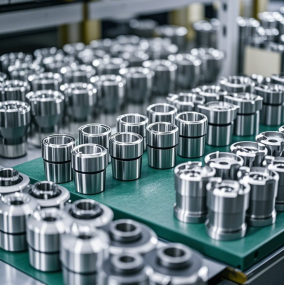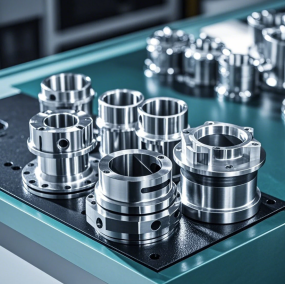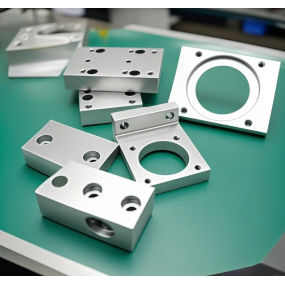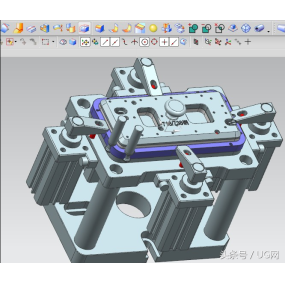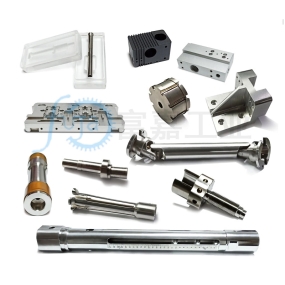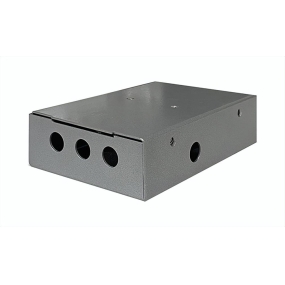CNC Machining is the main process for producing copper parts in many industries. Copper has good ductility, conductivity, and thermal conductivity, and is widely used in various machined copper parts in industries such as automobiles, aerospace, and healthcare. And copper is also one of the materials that is easy to machine.
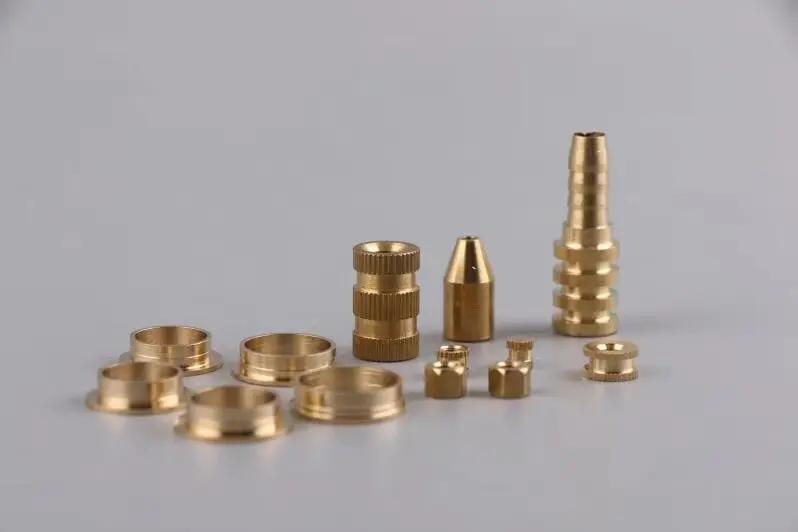
Copper 101
Copper 101 is pure copper, containing 99.9% copper, commonly used to make bronze and brass.
bronze
Bronze is an alloy of tin, copper, and phosphorus, with good hardness and strength, and can be used to produce bearings and gears.
brass
Brass is an alloy of zinc and copper, with good machinability and hardness. Suitable for processing low friction and complex components, such as valves, gears, bearings, and locks, and can also be used to make some outdoor components.
Advantages and disadvantages of CNC machining of copper parts
advantage
It has good machinability, ductility, and impact strength, and good formability in hot and cold processing. In addition, copper parts processed by CNC are compatible with various cost-effective surface treatment technologies.
shortcoming
When spot welding copper materials, coating metal arc welding and other processes cannot be used. In addition, different grades of copper have different corrosion resistance. Therefore, some CNC machined copper components are prone to corrosion in environments containing active substances.
Precautions for CNC machining of copper
Choose the correct copper
Copper is one of the very expensive materials, and the selection should consider the application characteristics and cost-effectiveness.
Set feed rate
The feed rate is the speed at which the cutting tool engages with the workpiece. Therefore, before processing copper parts, it is necessary to set the correct feed rate, as it will affect the quality, service life, and surface smoothness of the copper parts. In addition, copper has efficient heat conduction, and high feed rates will increase tool wear over time.
Design for Manufacturability
Before processing copper, it is necessary to organize the design requirements and specifications, which helps to achieve the functionality of copper components. This includes reducing the number of part settings, checking dimensions, and preventing deep cavities with smaller radii.
Choose the correct tool materials
Many bronze plates are processed softer than aluminum and steel of equal strength. This may lead to blade formation and tool wear. Therefore, selecting the appropriate tool material is very important. High speed steel is a tool material suitable for CNC machining of copper.
Post processing options
Generally speaking, copper is used for thermal conductivity and conductivity. Therefore, the surface finish used for other processed metals, as it suppresses these characteristics, is not suitable for many surface finishes. The surface treatment applicable to copper is as follows.
Electrolytic polishing
Copper can be electropolished to achieve a very smooth and shiny surface. This process typically removes small material layers between 0.0001 inches (0.00254 millimeters) and 0.0025 inches (0.0635 millimeters) from the surface. Electrolytic polishing can further improve corrosion resistance, but it will not affect conductivity.
electroplate
The metal electroplating of copper, while maintaining electrical and thermal conductivity, often helps to prevent oxidation of its outer surface. Especially, precious metal electroplating (such as silver or gold plating) can provide low contact resistance to maintain excellent conductivity and welding performance.


 Spanish
Spanish Arabic
Arabic French
French Portuguese
Portuguese Belarusian
Belarusian Japanese
Japanese Russian
Russian Malay
Malay Icelandic
Icelandic Bulgarian
Bulgarian Azerbaijani
Azerbaijani Estonian
Estonian Irish
Irish Polish
Polish Persian
Persian Boolean
Boolean Danish
Danish German
German Filipino
Filipino Finnish
Finnish Korean
Korean Dutch
Dutch Galician
Galician Catalan
Catalan Czech
Czech Croatian
Croatian Latin
Latin Latvian
Latvian Romanian
Romanian Maltese
Maltese Macedonian
Macedonian Norwegian
Norwegian Swedish
Swedish Serbian
Serbian Slovak
Slovak Slovenian
Slovenian Swahili
Swahili Thai
Thai Turkish
Turkish Welsh
Welsh Urdu
Urdu Ukrainian
Ukrainian Greek
Greek Hungarian
Hungarian Italian
Italian Yiddish
Yiddish Indonesian
Indonesian Vietnamese
Vietnamese Haitian Creole
Haitian Creole Spanish Basque
Spanish Basque

